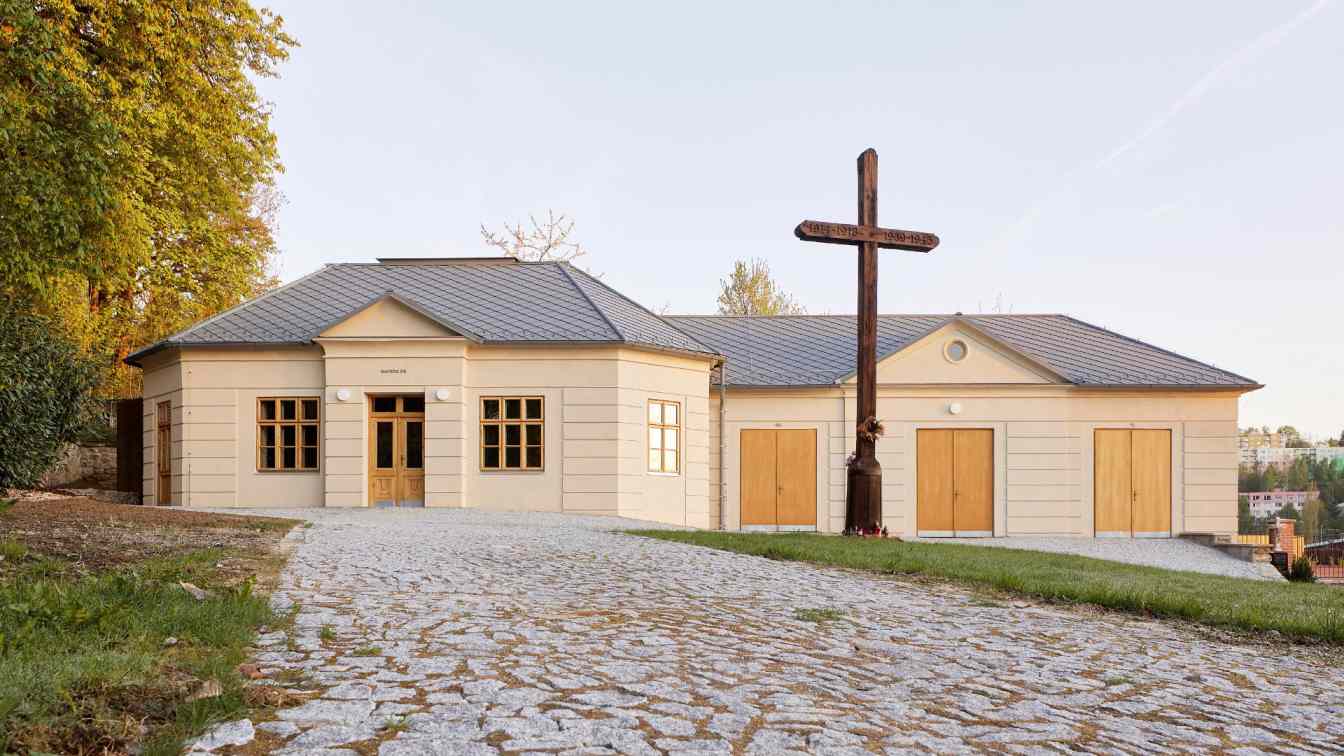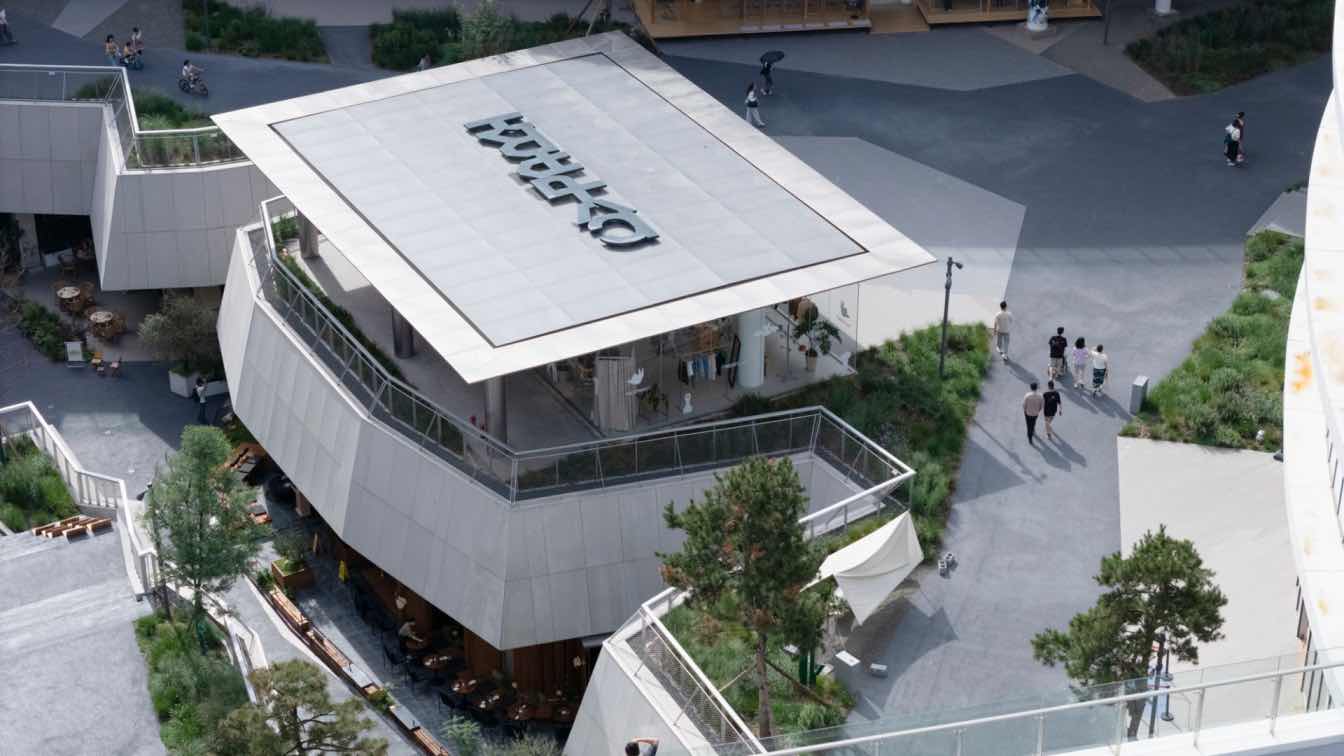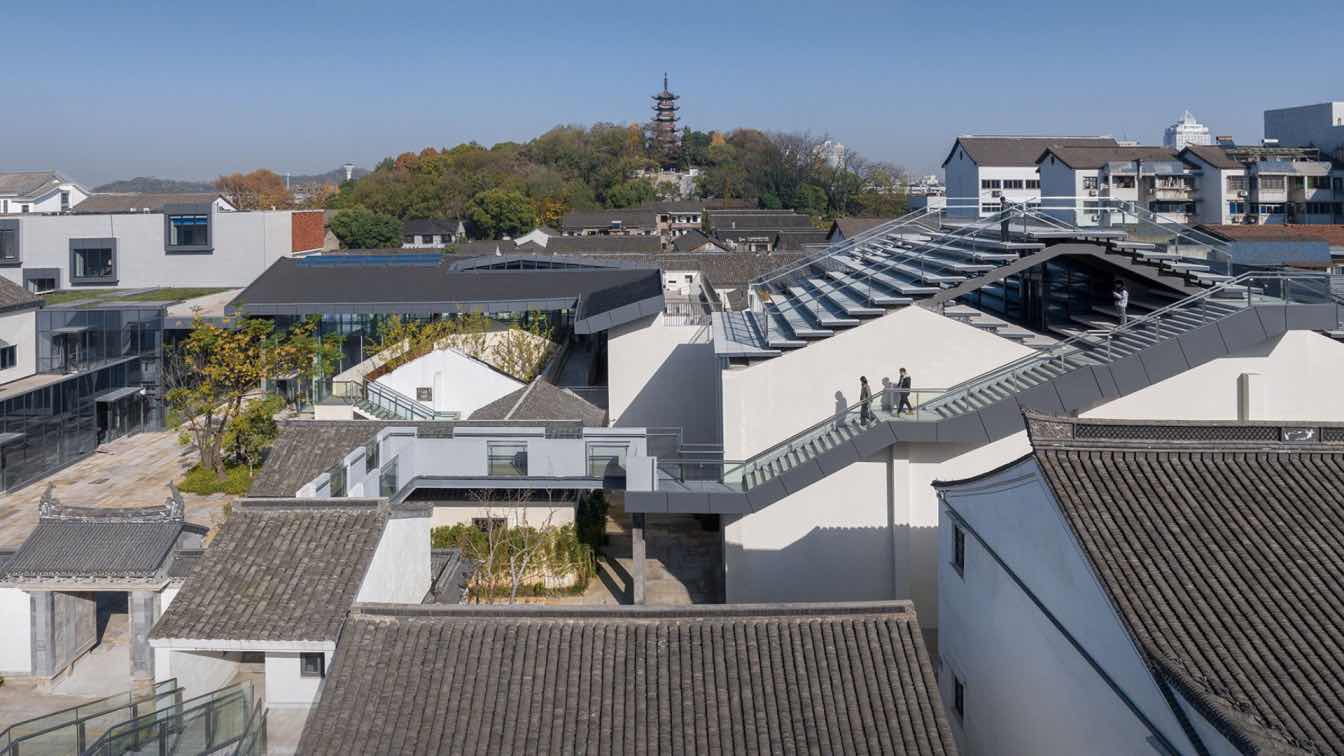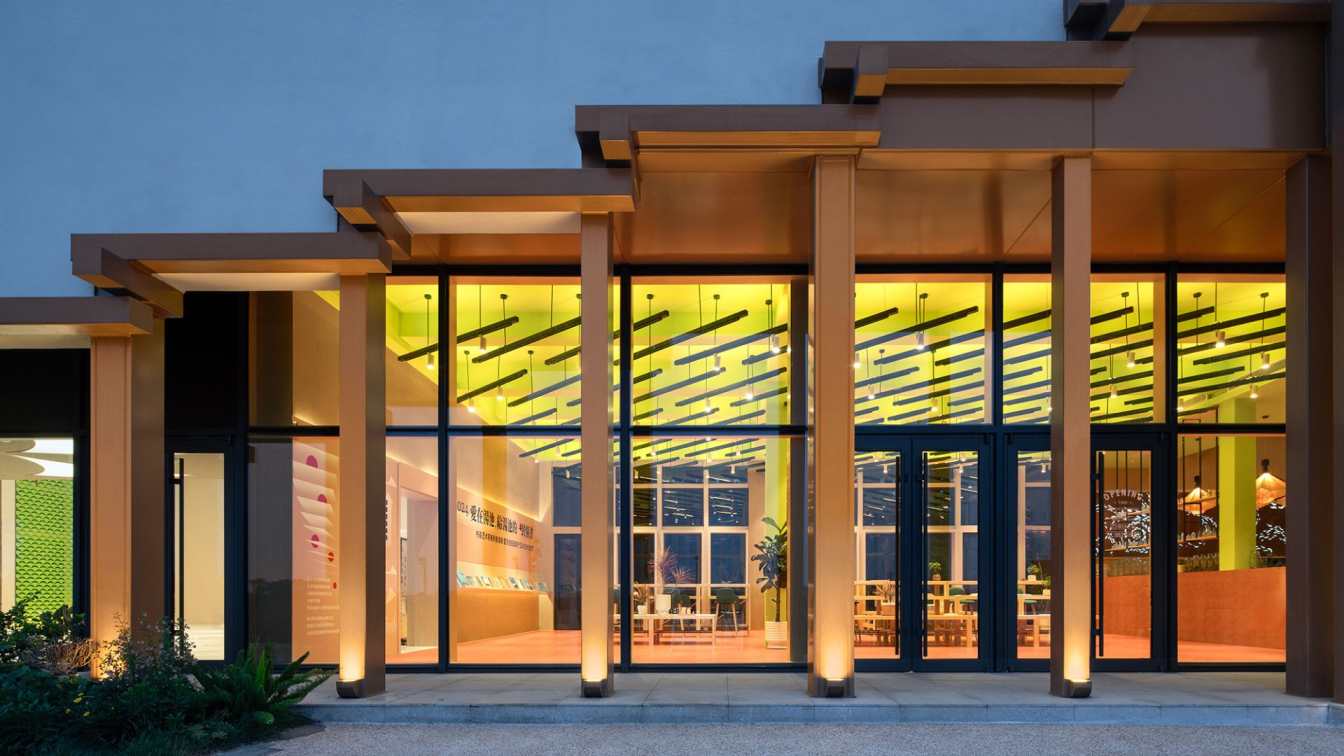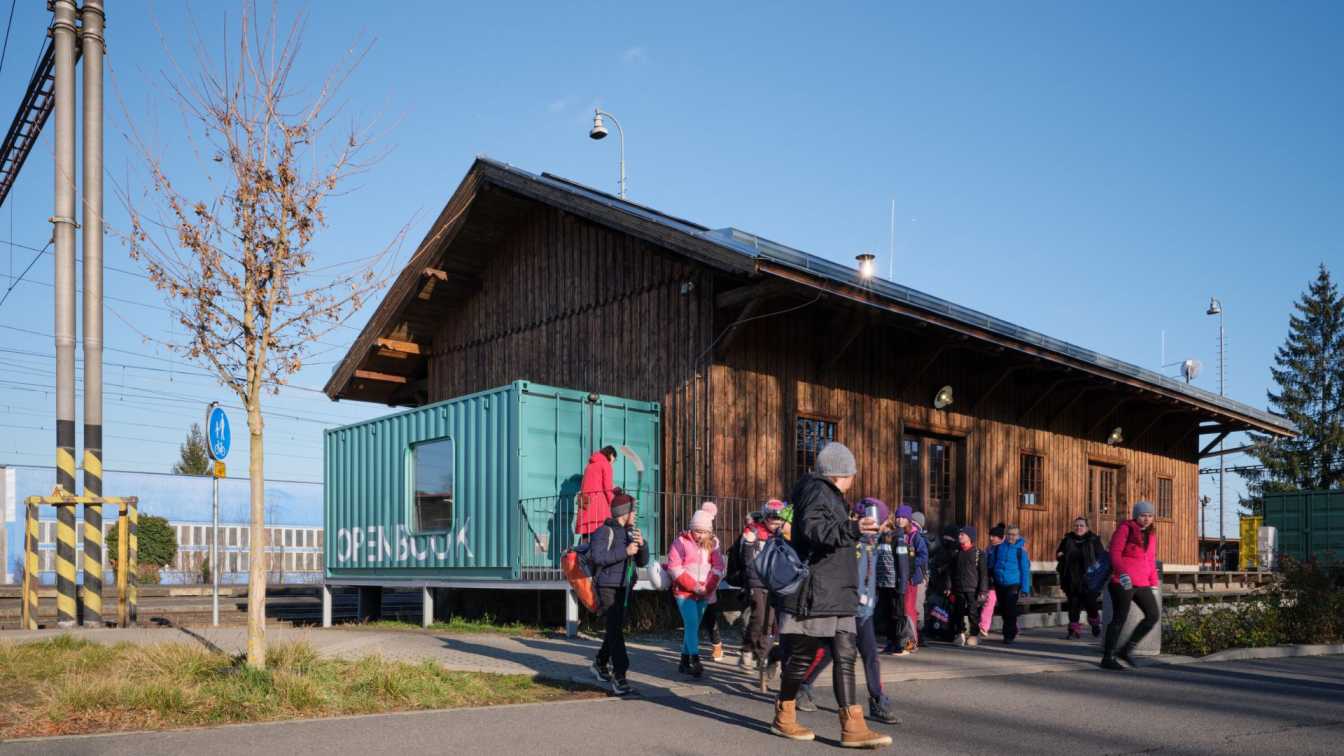The Story of the House
Jakub Vašek: On the edge of the cemetery in Vimperk stood a house – picturesque, yet neglected for many years. Its original function fluctuated between the cemetery caretaker’s apartment and a modest funeral hall used for final farewells throughout the 20th century. Over time, this place of reverence turned into a utility facility – the catafalque made of noble red marble became a storage space for motor oils, lawnmowers, and tools. This juxtaposition of solemnity and the profane created a somewhat decadent image – a symbol at the very beginning of the house’s transformation.
The intention was to return dignity to the building. The funeral hall was relocated to the larger section of the structure, while the smaller space was converted into public restrooms and a separate storage area for the cemetery caretaker. The original plan aimed to preserve as much as possible – including the foundations, exterior walls, massing, details, and facades. However, the technical condition of the structure, particularly the almost non-existent foundations, soon revealed the reality: the original building could not be safely preserved.
The decision was difficult but necessary – the house was dismantled brick by brick with care and respect, allowing selected original elements to be returned to their place. The result is a kind of reincarnation – a house reborn as a synthesis of the original material essence and contemporary interventions. The new design incorporates original foundation stones, fired bricks, and even a sandstone sculpture from the former hall, which now holds an honorable position in the new spatial configuration.

Annotation
The design of the funeral hall stems from an effort to create a dignified and humble space that quietly accompanies mourners during their final farewell and allows them to perceive the depth of a difficult moment with natural solemnity.
The small building is divided into three main functional zones – the funeral hall, public restrooms, and the caretaker’s storage. The interior layout extends into the exterior, forming an intimate courtyard. An original sculpture is embraced by two steel plates made of raw iron, creating a space that visually terminates the axis behind the catafalque.
The spatial configuration of the funeral hall itself is based on three fundamental principles. The first is clearing the original layout of internal partitions to gain sufficient space for the necessary capacity. The second is the vertical expansion of the interior within the original volume, providing a sense of generosity and airiness. The third is an opening to the sky – a metaphorical cut at the roof’s peak, creating a sense of infinite height and framing a view of the sky partially closed by the crown of a large tree.
A combination of granite paving, original bricks, oak furniture, windows, doors, and ceiling panels creates a space with tangible gravity and quiet reverence suited to the place’s purpose and meaning.
The building’s material composition reflects a union between the reuse of original elements and new ones inspired by the old structure. Cleaned original bricks and foundation stones, oak and pine wood, granite paving, and ceramic mosaic come together in a harmonious and unique whole. Each material brings its specific texture, color, and structure. Their selection was guided by durability and the ability to age gracefully – natural materials that develop a beautiful patina over time.
The structural design follows the original building’s configuration, emphasizing traditional craftsmanship and detail. An atypical construction feature is the timber roof structure above the hall – designed as a spatial framework without tie beams, spanning over 7.5 meters. The building is crowned with a large-format skylight measuring 3.5 x 1.3 meters, made from a single pane of glass.

























